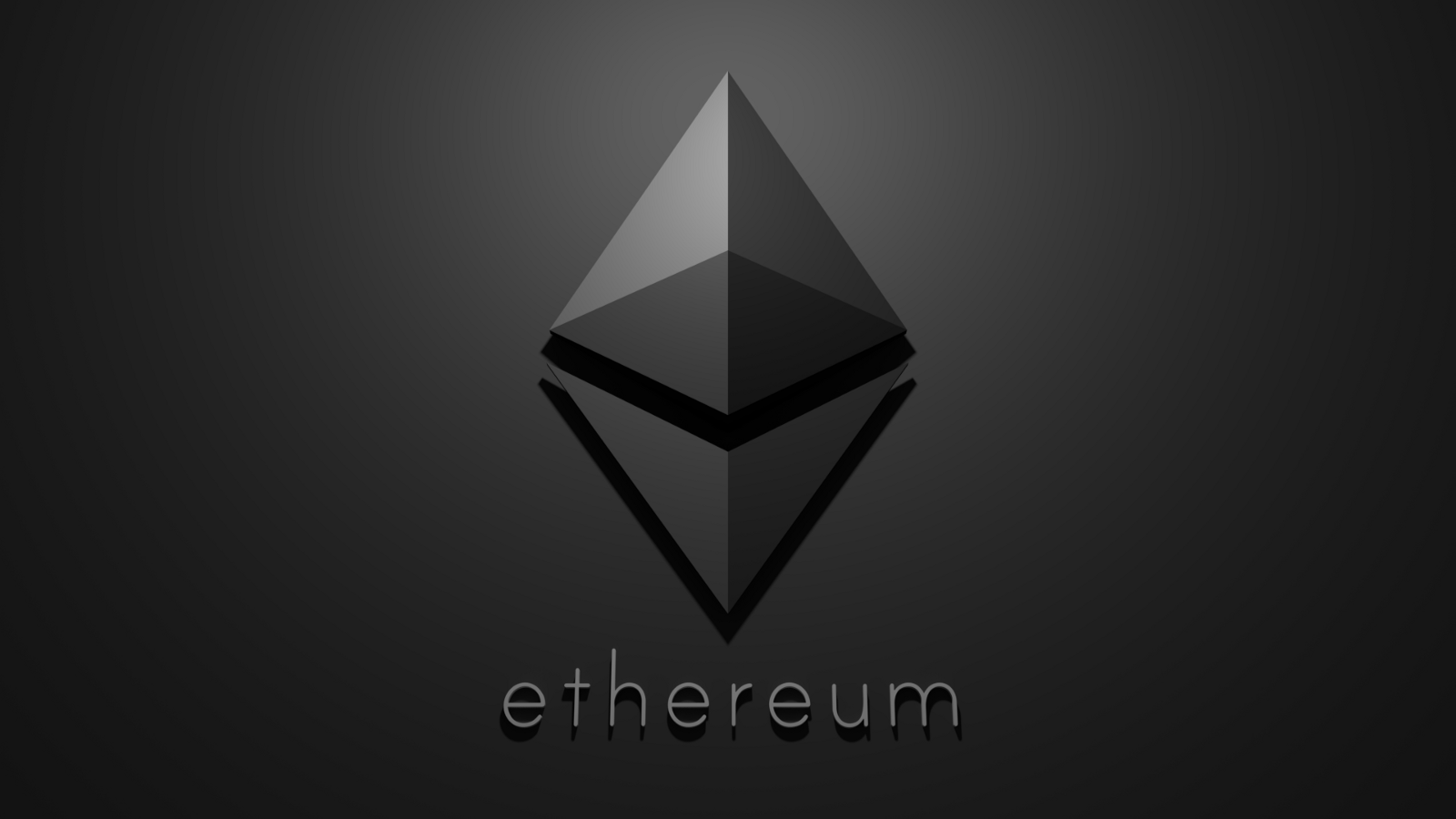ETHEREUM (ETH) INSURANCE ON THE BLOCKCHAIN
APRIL 30, 2018 BY CHRIS PERROTTA

Ethereum developer Alex Van de Sande recently revealed a proposal to help mitigate the risk of another hard fork on the ETH network due to faulty smart contract code. His proposal would allow developers to ensure their smart contracts for a period of time by “locking up” their ETH in a recovery contract and in return receive an equal amount of “recover-ether-tokens.” In the future, if the original smart contract becomes frozen (unspendable for anyone), a recovery process would allow the “recover-ether-token” holders to receive an equivalent percentage of the insurance pool’s remaining funds, at a 90% rate, with 10% used to fund the general insurance fund. If the lock-up period passes and no recovery process is initiated, then the “recover-ether-tokens” are automatically destroyed and the issuer would receive their ETH back.
One major problem is the potential for regulating agencies to classify these recover tokens as securities. If regulators choose to classify ETH as a security, as former US government regulator Gary Gensler thinks, these insurance tokens would most definitely be classified as a security. This could lead to a bigger issue for ETH that many developers and investors want to avoid. Another potential problem with this proposal is that Van de Sande wants to issue recovery tokens to the victims from the Parity wallet library destruction. This is very problematic as it can be viewed as a way to “bail out” the Parity victims without hard forking ETH.
Ethereum has already gone through one hard fork in its history, which led to Ethereum Classic (ETC is technically the original Ethereum). One camp voted to hard fork the network and give the DAO investors their money back (ETH), whereas the other side voted to keep the code how it is because “code is law” (ETC). The reason for this hard fork was due to the DAO hack, where millions of dollars worth of ETH was stolen from a smart contract built on top of Ethereum’s network. Developers today are trying to find solutions to faulty smart contract issues, mostly surrounding the Parity’s multisignature wallet issue. Some developers pushed to hard fork ETH again, but last week 55% turned down the proposal to fork. With worldwide regulation on the horizon, developers need to tread carefully in dealing with investors’ money.
Originally published at altcoinbuzz.io on April 30, 2018.
Visit our website: https://altcoinbuzz.io
Connect with us on social:
Twitter: https://twitter.com/altcoinbuzzio
Facebook: https://www.facebook.com/altcoinbuzzio
Telegram: https://t.me/joinchat/H0KlAUhqYUJIz2pShMyHPg
I think this is an interesting proposal that could help solve the risk imbedded in blockchain technology but it also brings concern of the scaling issue as it would double token issuances as well. However, if left with the option to hard fork only, this would be preferable subject to regulatory concerns as you mention.